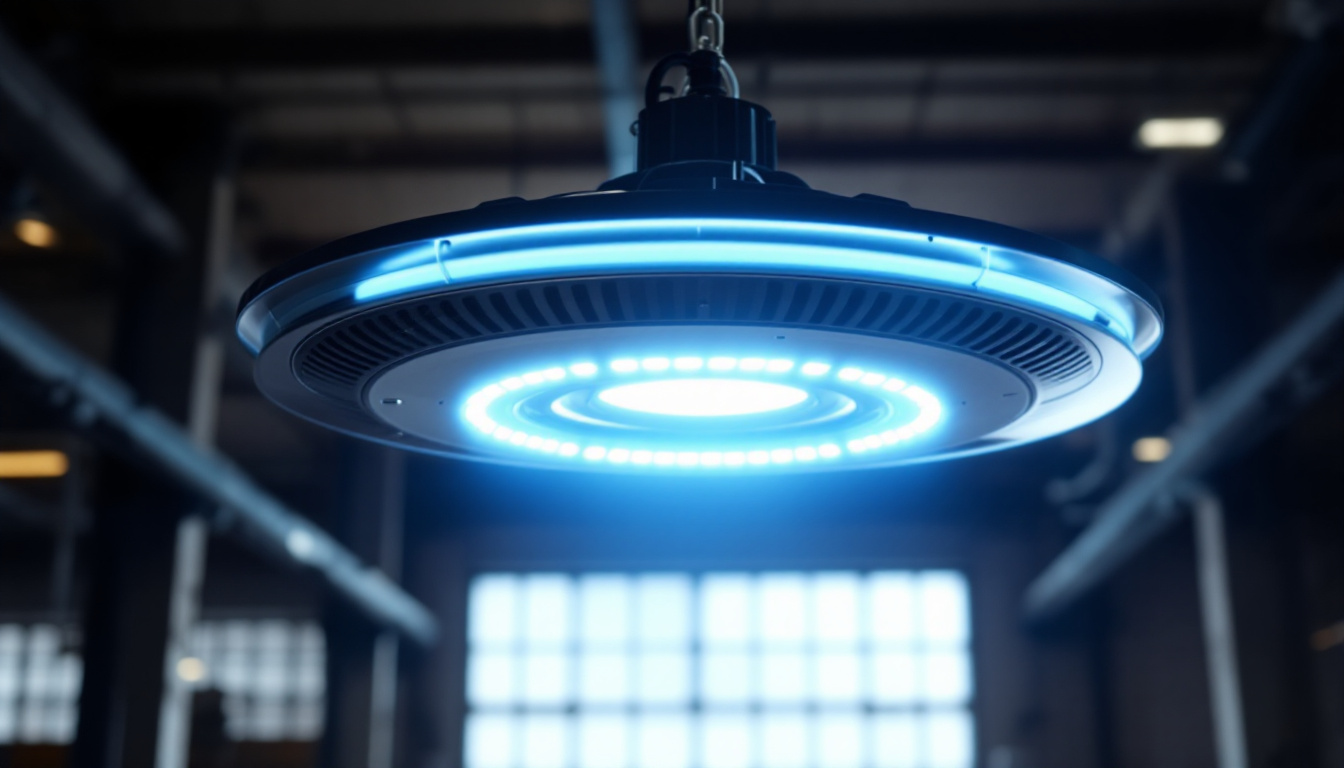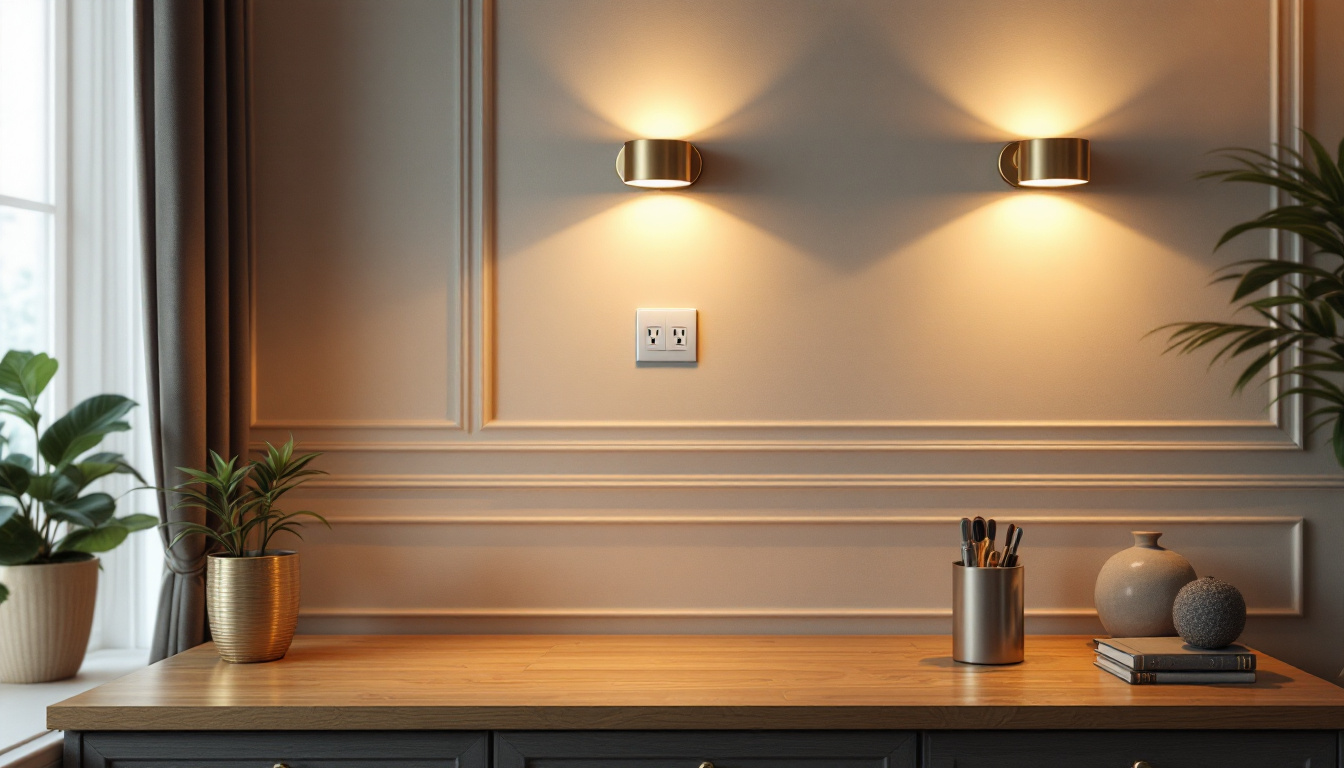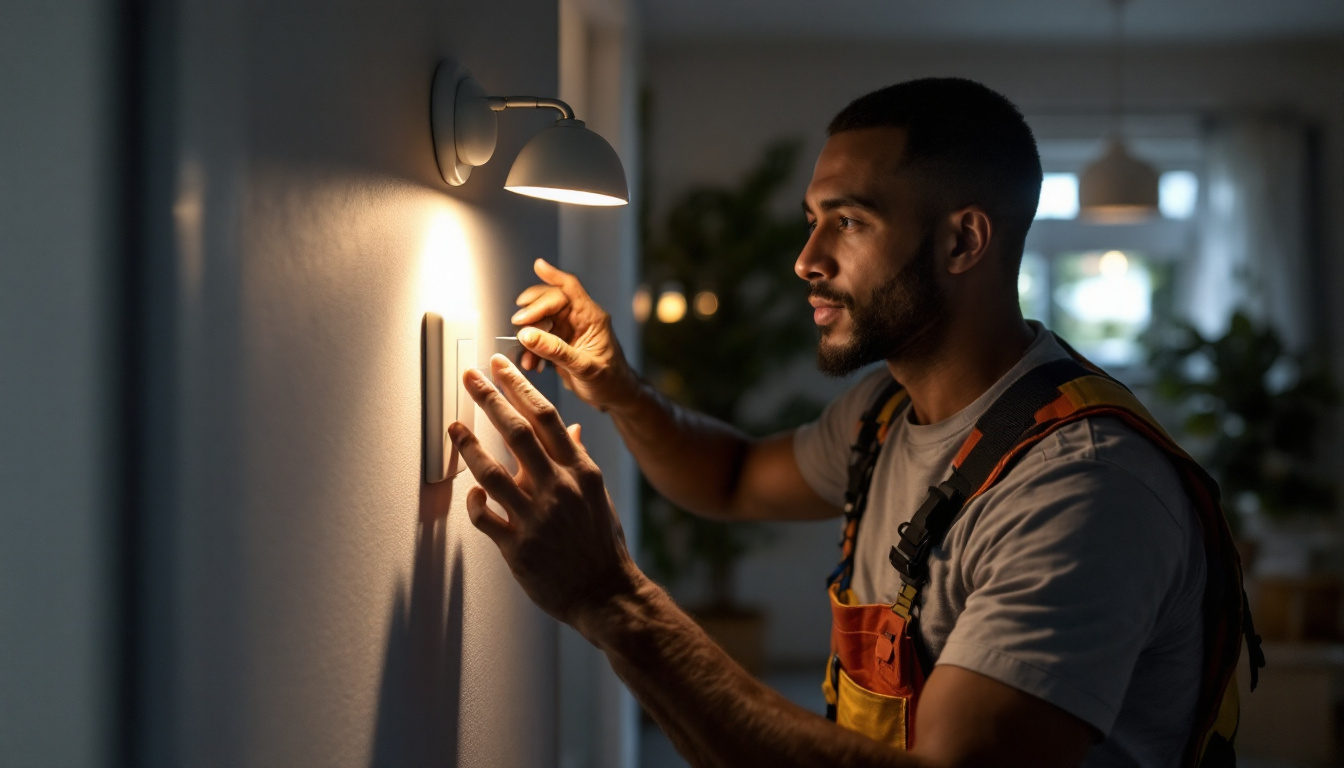
In the world of electrical installations, the importance of reliable connections cannot be overstated. For lighting contractors, understanding electric wire connectors is essential for ensuring safety, efficiency, and longevity in their projects. This comprehensive handbook delves into the various types of connectors, their applications, and best practices for use, providing contractors with the knowledge needed to excel in their field.
Electric wire connectors play a crucial role in the integrity of electrical systems. They are designed to join two or more wires together, ensuring a secure and reliable connection. This section will explore the different types of connectors available and their specific uses in lighting applications.
There are several types of electric wire connectors, each suited for different applications. Understanding these types will help contractors choose the right connector for their specific needs.
Electric wire connectors are used in a variety of applications, particularly in lighting installations. Understanding where and how to use these connectors can greatly enhance the quality of the work performed.
In residential lighting, twist-on wire connectors are often used to join fixture wires to the main electrical supply. In contrast, push-in connectors may be favored for quick connections in recessed lighting installations. For commercial projects, terminal blocks provide a robust solution for connecting multiple fixtures or circuits.
Moreover, the choice of connector can significantly impact the longevity and safety of an electrical system. For instance, using the appropriate connector type can prevent issues such as overheating or electrical arcing, which can lead to fire hazards. Additionally, connectors designed for outdoor use often come with weatherproof features, ensuring that they can withstand moisture and other environmental factors. This is particularly important in landscape lighting or exterior installations where exposure to the elements is a concern.
Furthermore, advancements in connector technology have led to the development of connectors that include built-in strain relief and insulation features, enhancing both safety and reliability. These innovations are particularly beneficial in high-vibration environments, such as in industrial settings or in applications where equipment may be subject to movement. As the electrical industry continues to evolve, staying informed about the latest connector technologies and their applications will empower contractors to deliver safer and more efficient installations.
Selecting the appropriate connector is critical for ensuring the safety and efficiency of an electrical installation. Factors such as wire gauge, environmental conditions, and the specific application must be considered.
Wire gauge refers to the thickness of the wire, which directly affects the type of connector that should be used. Thicker wires require connectors that can accommodate their size, while thinner wires may be suited for smaller connectors.
For example, a twist-on connector designed for 14-gauge wire will not be suitable for 10-gauge wire. Contractors must always check the specifications of the connectors to ensure compatibility with the wire being used.
Additionally, it is important to consider the current-carrying capacity of the wire when selecting connectors. Each gauge of wire has a maximum amperage rating, and using a connector that cannot handle the required load can lead to overheating and potential hazards. Therefore, understanding the electrical demands of the system is essential for making informed decisions about connector types.
The environment in which the connectors will be used also plays a significant role in the selection process. For outdoor installations, connectors must be rated for moisture and temperature extremes. Using connectors that are not rated for such conditions can lead to corrosion and failure over time.
In contrast, indoor applications may allow for more flexibility in connector choice, as environmental factors are less of a concern. However, it is still vital to choose connectors that meet the safety standards required for residential or commercial use.
Moreover, in areas prone to vibration or movement, such as industrial settings or automotive applications, connectors that provide a secure mechanical connection are paramount. Locking connectors or those with strain relief features can help maintain a reliable connection even under challenging conditions, reducing the risk of disconnection or damage. Understanding the specific environmental challenges can guide the selection of connectors that not only meet electrical requirements but also enhance the longevity and reliability of the installation.
To ensure the longevity and safety of electrical installations, adhering to best practices when using electric wire connectors is essential. This section outlines key practices that every lighting contractor should follow.
Before connecting wires, they must be stripped to expose the conductive material. Proper stripping is crucial to ensure a secure connection. Wires should be stripped to the appropriate length, typically around ¾ inch, depending on the connector type.
Using the correct wire stripper tool is also important. A quality wire stripper will prevent damage to the wire strands, which can lead to poor connections and potential safety hazards.
Once the wires are stripped, it is essential to make a secure connection. For twist-on connectors, the wires should be twisted together before the connector is applied. The connector should be twisted on tightly to ensure a good grip on the wire strands.
For push-in connectors, it is crucial to ensure that the wire is fully inserted into the connector. A partial connection can lead to arcing and eventual failure. Always double-check that the connection is secure before proceeding with the installation.
Adhering to safety standards and regulations is paramount in electrical work. Lighting contractors must be familiar with the relevant codes and standards that govern the use of electric wire connectors.
The National Electrical Code (NEC) sets the standard for safe electrical design, installation, and inspection. It outlines the requirements for wire connectors, including their ratings and applications.
Contractors should regularly review the NEC and ensure that all installations comply with its standards. This not only ensures safety but also protects contractors from liability in the event of an electrical failure.
In addition to the NEC, local codes and regulations may impose additional requirements on electrical installations. Contractors should be aware of these local codes, as they can vary significantly from one jurisdiction to another.
Consulting with local building authorities or electrical inspectors can provide valuable insights into the specific requirements that must be followed in a given area.
Even experienced lighting contractors can make mistakes when it comes to using electric wire connectors. Being aware of common pitfalls can help avoid costly errors and ensure a safe installation.
One of the most common mistakes is using the wrong type of connector for the application. Each connector type has specific uses, and using a connector that is not rated for the wire gauge or application can lead to failures.
Contractors should always verify the specifications of the connectors before use. This includes checking the wire gauge compatibility and ensuring that the connector is suitable for the environment in which it will be used.
After making connections, it is vital to test them before finalizing the installation. Neglecting to do so can result in undetected issues that may lead to electrical failures or safety hazards down the line.
Using a multimeter to check for continuity and proper voltage can help identify any problems early on. This simple step can save time and money by preventing future troubleshooting and repairs.
The electrical industry is continually evolving, with new technologies and innovations emerging regularly. Staying informed about these advancements can help lighting contractors improve their work and enhance safety.
Recent innovations have led to the development of smart connectors that integrate technology to enhance performance. These connectors can provide real-time data on electrical usage, helping contractors monitor and manage systems more effectively.
Smart connectors can also alert users to potential issues, such as overheating or loose connections, allowing for proactive maintenance and reducing the risk of failures.
As sustainability becomes increasingly important, eco-friendly wire connectors are gaining popularity. These connectors are made from recyclable materials and are designed to minimize environmental impact.
Contractors should consider incorporating eco-friendly options into their projects, not only to meet client demands but also to contribute to a more sustainable future.
Electric wire connectors are a fundamental component of successful lighting installations. By understanding the various types of connectors, their applications, and best practices, lighting contractors can ensure safe and efficient electrical work.
Staying informed about safety standards, common mistakes, and innovations will further enhance a contractor’s ability to deliver high-quality installations. Ultimately, a thorough understanding of electric wire connectors can lead to improved project outcomes and satisfied clients.
Ready to elevate your lighting projects with the highest quality connectors and lighting products? Look no further than LumenWholesale, where we offer an exceptional range of spec-grade lighting essentials at wholesale prices that simply can’t be beaten. Say goodbye to the hassle of local distributors and inflated costs. With LumenWholesale, you’ll enjoy the convenience of bulk buying with free shipping, ensuring that you get the best value for your investment. Don’t compromise on quality or price. Visit our website today and discover how we can help you achieve lighting excellence in every installation. Wholesale Lighting at the Best Value.

Discover the essential insights lighting contractors need about Round UFO High Bay lights.

Discover the essentials of wafer lighting in this insightful guide tailored for lighting contractors.

Discover how strategic electrical outlet placement can transform your lighting design.

Discover the key qualities that distinguish top lighting contractors when installing single pole light switches.